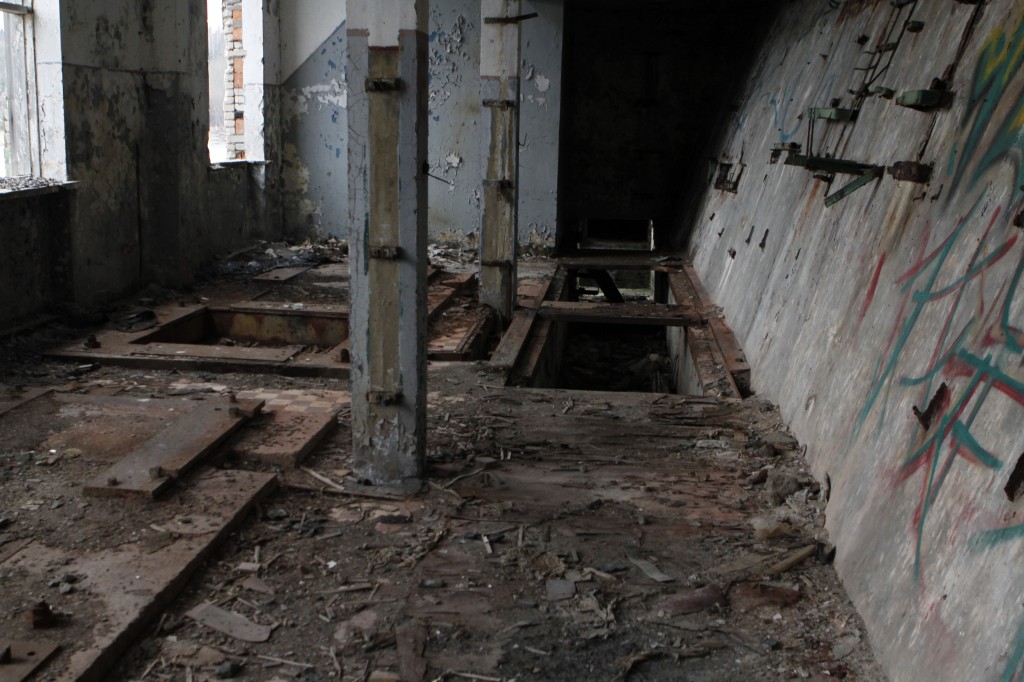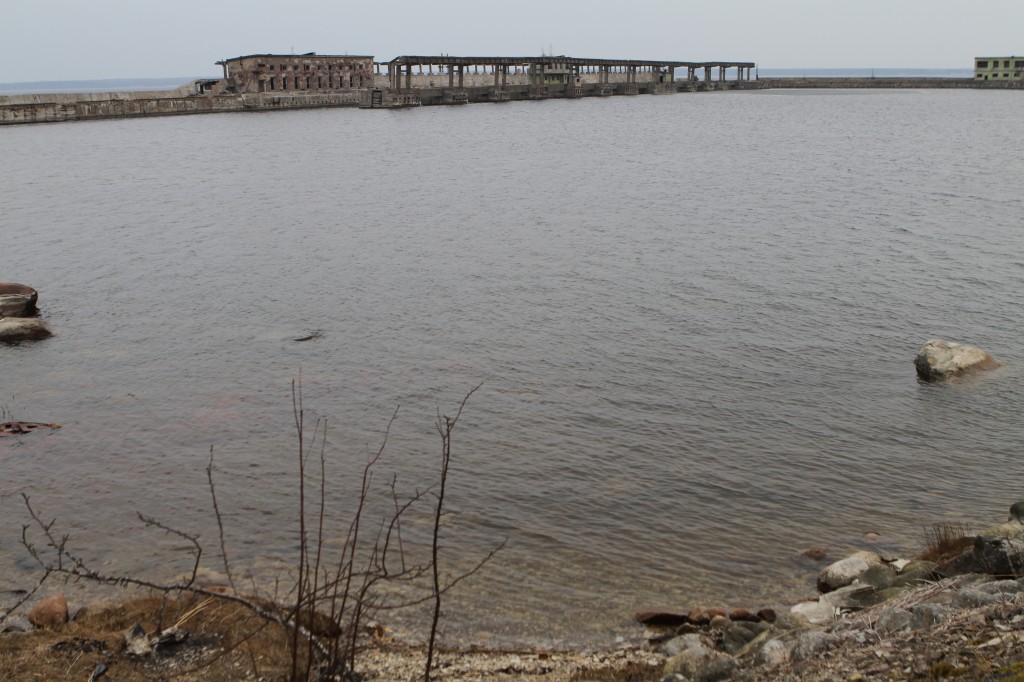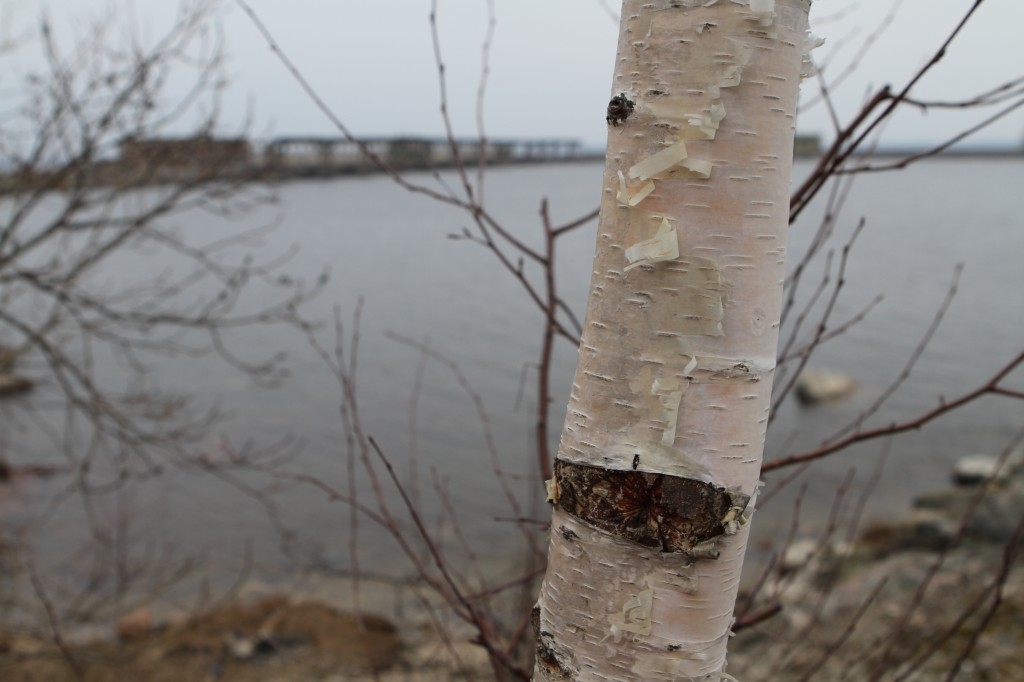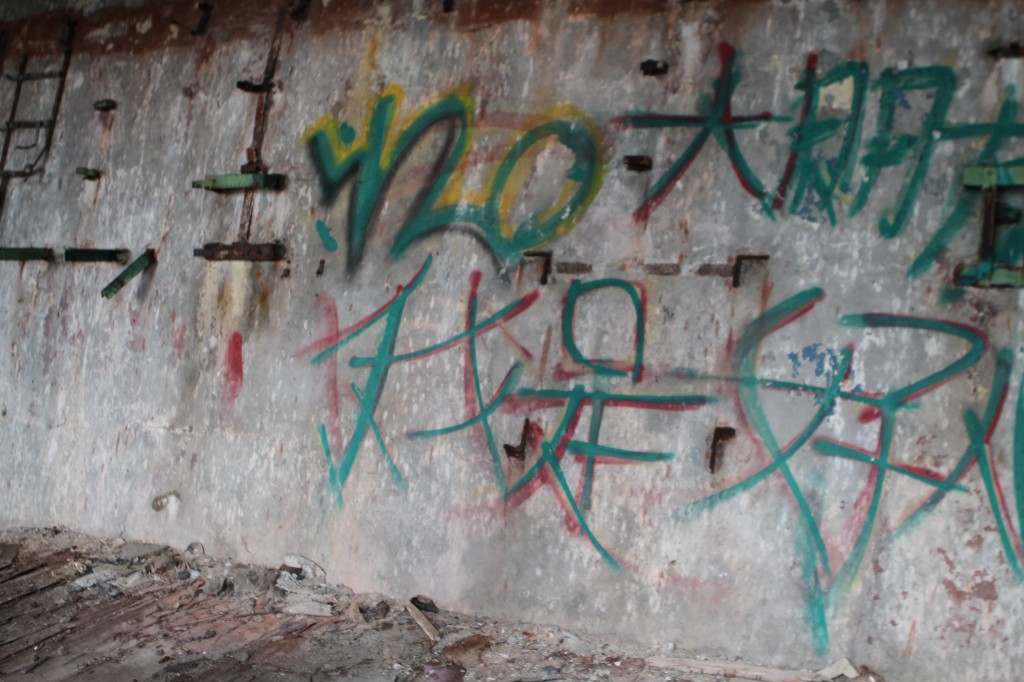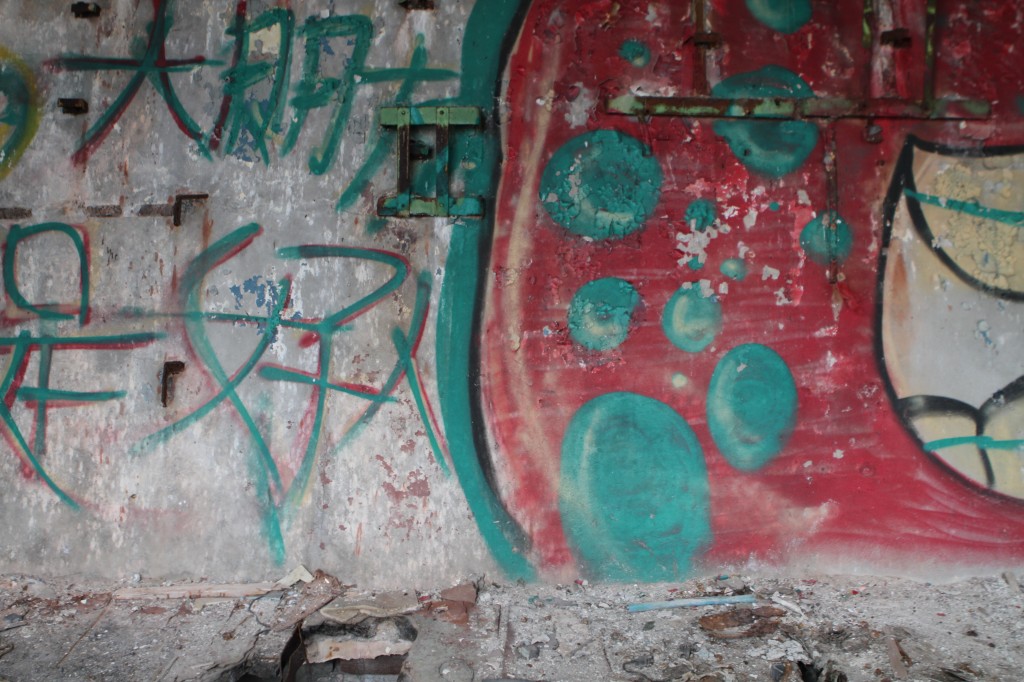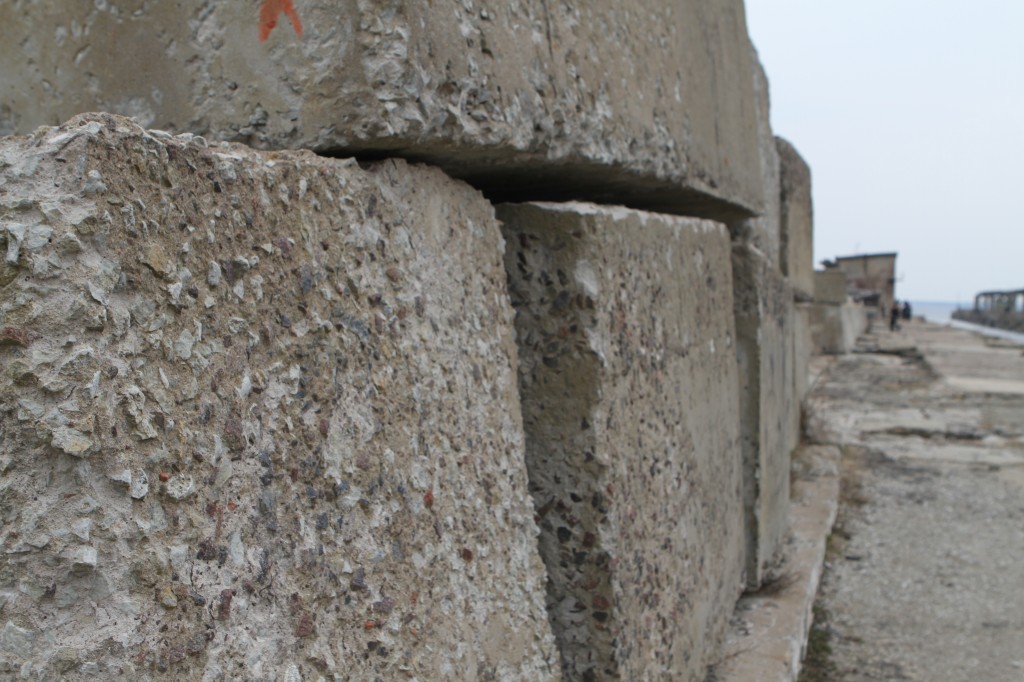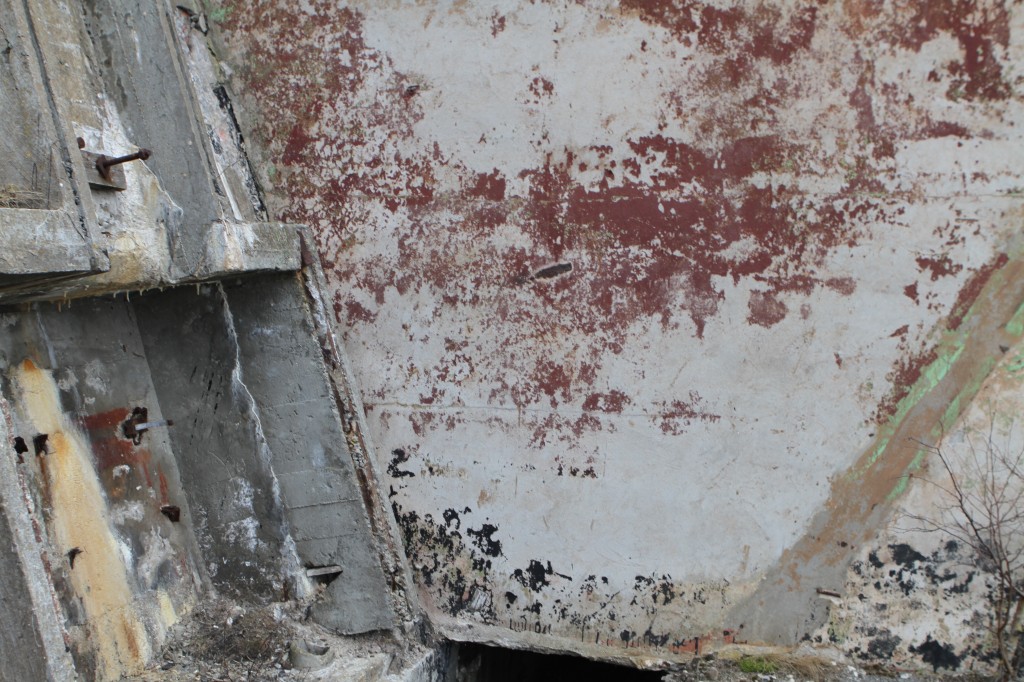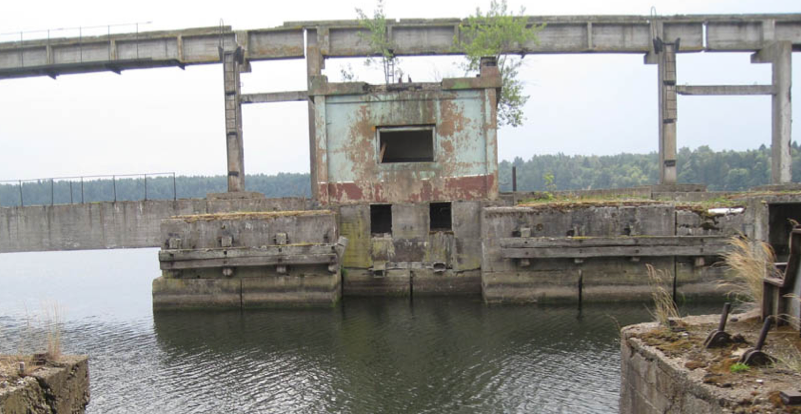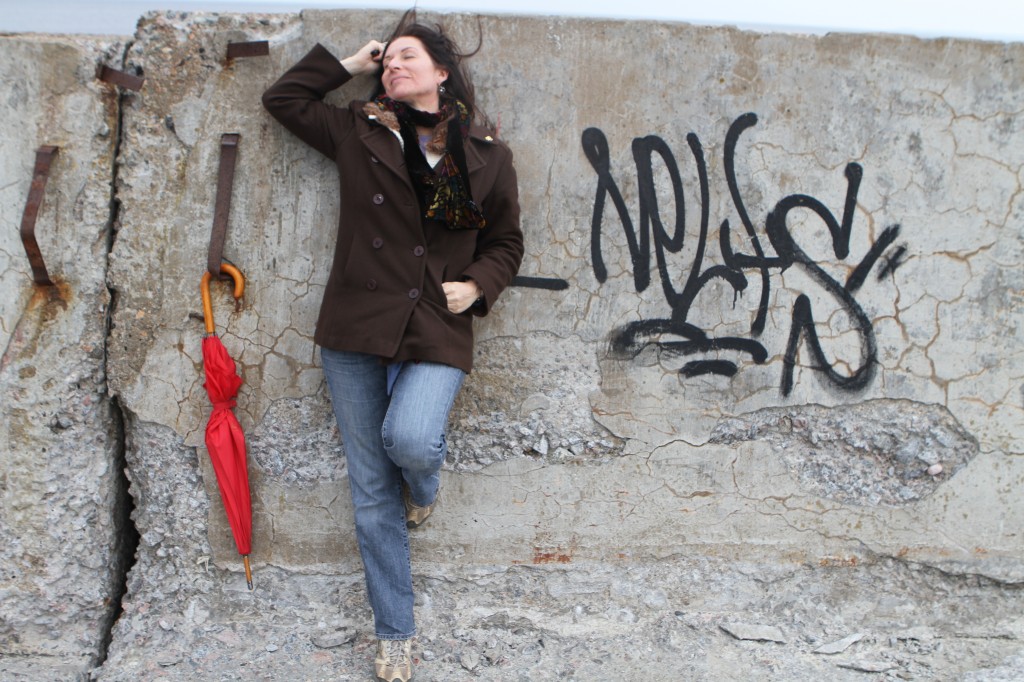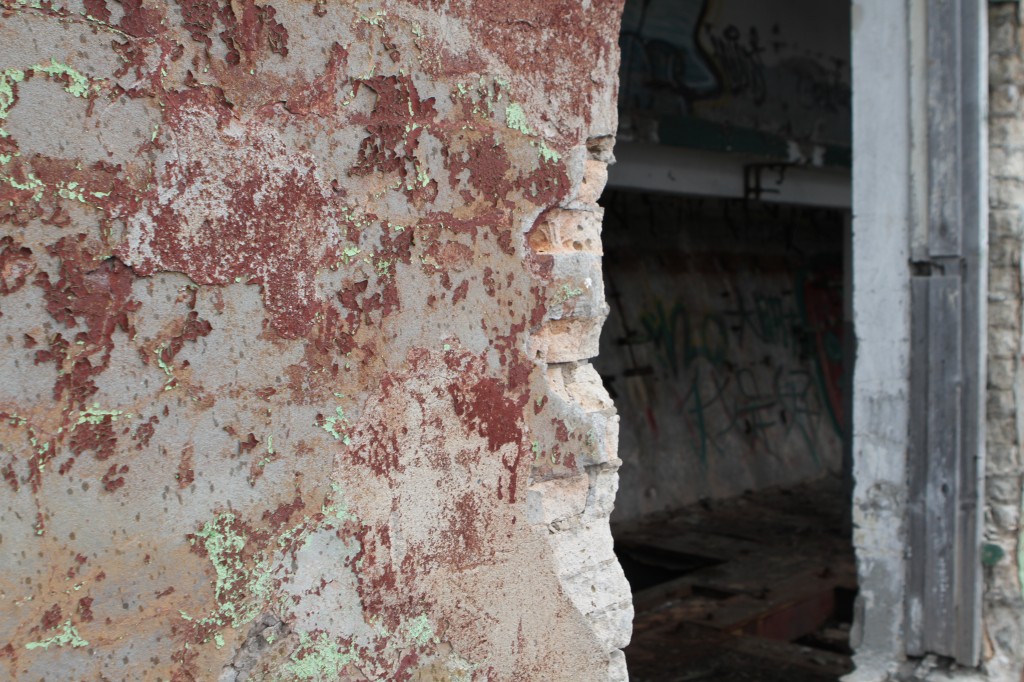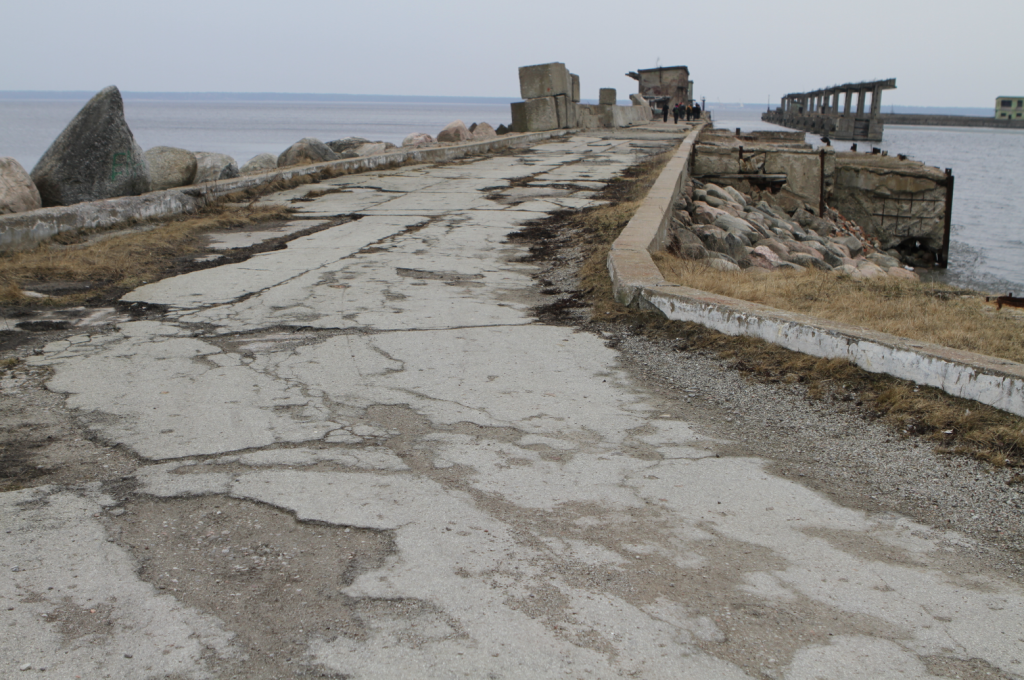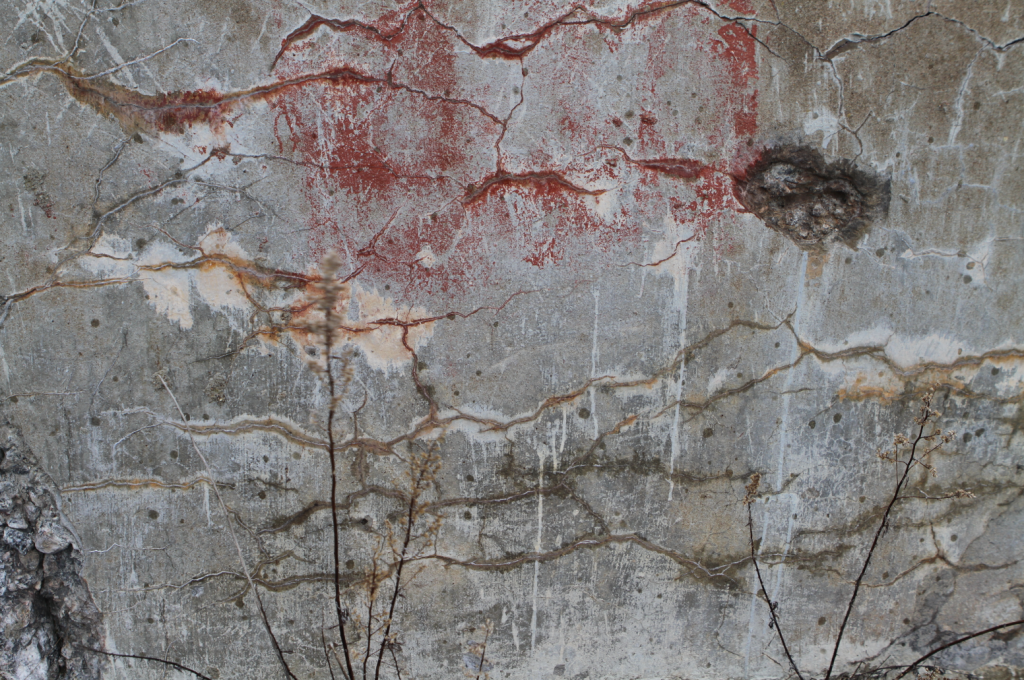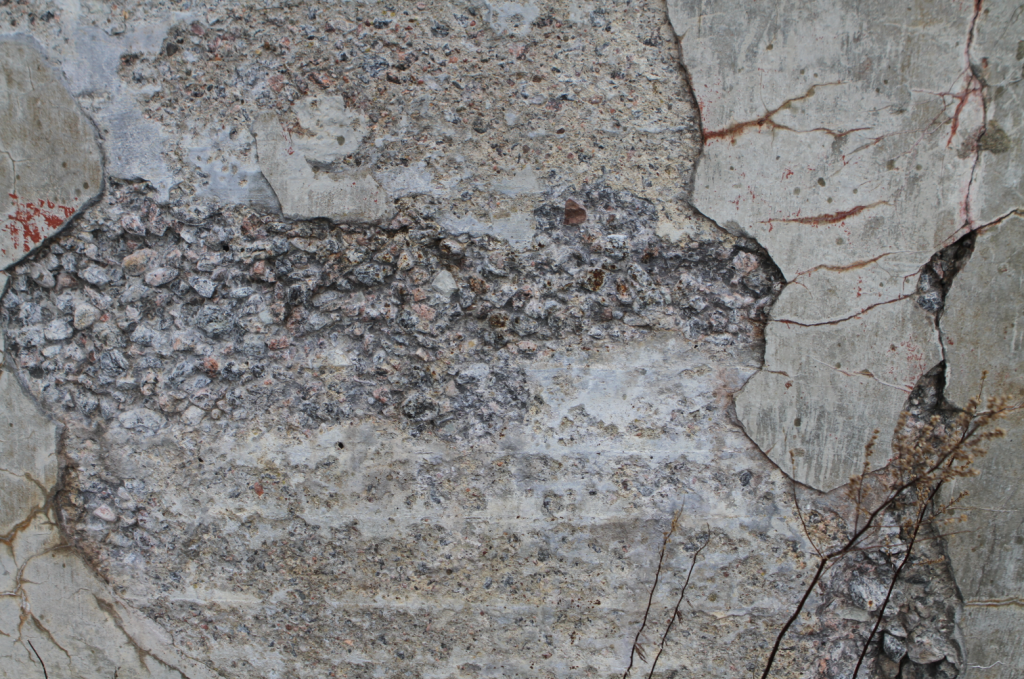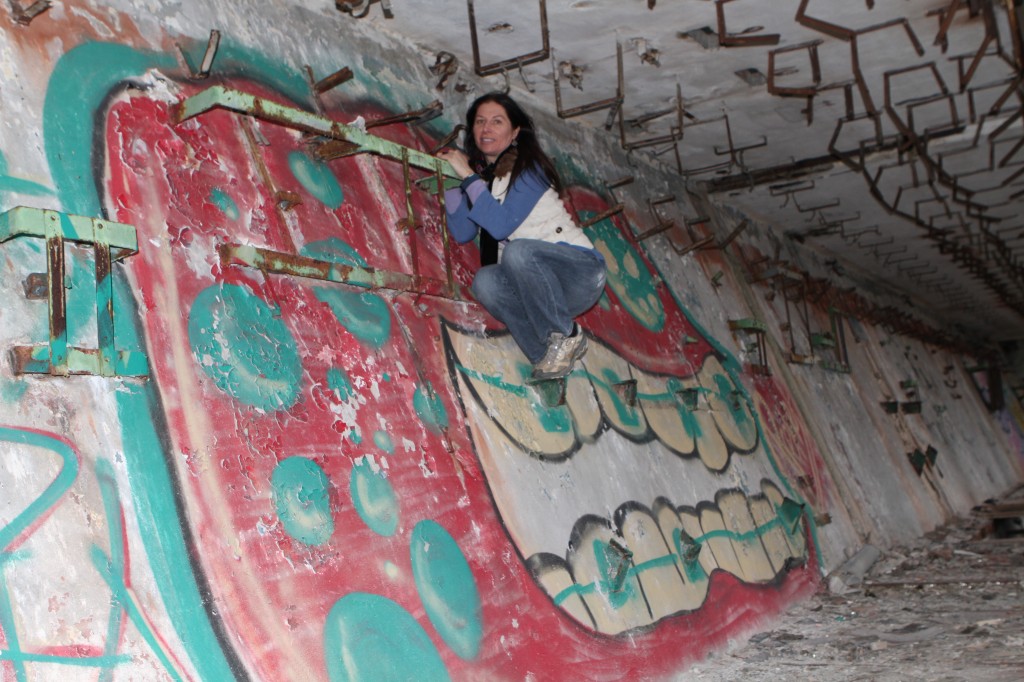An hour or so outside of Tallinn Estonia, along the coast of the Baltic Sea, lies an abandoned Soviet submarine base next to the village of Hara. The Hara Military Base was built by the Soviets between 1956 and 1958 and was used while they occupied Estonia until they fled in 1991 around the time of their independence. At that time, the only thing they left behind was a barren concrete structure, which has since been defaced by graffiti and strained from years of Baltic wind, rain and snow. Rich but worn out textures atop a cement facade above and below the water’s edge meets weathered and rusted structures, ladders, chains and latches. Among the debris are weakened rocks and wooden slats which have fallen below an area which once appeared to be a walkway separating sections of the base.
Apparently the area we scoured was only 10% of what originated there during Soviet times. There was a measuring system in the sea, and the entire bay was covered with sensors, wires, locators and locators behind wires. The place has an isolated feeling to it despite how many people you bring with you on your long walk along the concrete protrusion that extends into the ocean. Barren, forgotten, isolated, solitude and torment are the words that swept through me as I made my way into the brittle all encompassing wind on that cold April day.
I’ve always been intrigued by graffiti and have taken photos of plastered defaced walls, buildings, ceilings and floors in nearly every continent. I couldn’t put my camera down as graffiti met the memory of Soviet occupation during less stellar times for Estonians who lived in the area.
Somehow jumping up into the chaos of the iron-clad and spray-painted undergrowth of this structure seemed necessary so I could feel the connection to a base camp of a harsh army who ruled in a harsh world. I asked our guide what he remembered, if anything, from those times given that he was relatively young. In 1991, when he was only 15, he saw the rebel in Moscow when Yeltsin came to power with his grandfather who was then 66. He also participated in the remarkable Baltic Chain, which was when three Baltic countries – Estonia, Latvia and Lithuania – demonstrated their solidarity in their quest for independence by forming a human chain on August 23, 1989. Approximately 2 million people joined their hands that day, an extraordinary event which drew global attention and finally led to the Baltic States regaining their Independence.
He gets slightly emotional as he continued telling the story of his grandfather’s last days, who was suffering from diabetes at the time. Once Estonia was free, which his grandfather barely lived to see, he told him that he could die in peace now and shortly thereafter he did.
I discovered the video below by Alex van Es. It is extremely well shot and will give you an idea of a sense of the isolation and abandonment of the place. Despite its vivid desolation, the visit left a memorable and haunting impact, one which remains heavily on my mind.
For more on Estonia in general, visit our Estonia travel page. All photos by Renee Blodgett.

Renee Blodgett is the founder of We Blog the World. The site combines the magic of an online culture and travel magazine with a global blog network and has contributors from every continent in the world. Having lived in 10 countries and explored nearly 80, she is an avid traveler, and a lover, observer and participant in cultural diversity.
She is also the CEO and founder of Magic Sauce Media, a new media services consultancy focused on viral marketing, social media, branding, events and PR. For over 20 years, she has helped companies from 12 countries get traction in the market. Known for her global and organic approach to product and corporate launches, Renee practices what she pitches and as an active user of social media, she helps clients navigate digital waters from around the world. Renee has been blogging for over 16 years and regularly writes on her personal blog Down the Avenue, Huffington Post, BlogHer, We Blog the World and other sites. She was ranked #12 Social Media Influencer by Forbes Magazine and is listed as a new media influencer and game changer on various sites and books on the new media revolution. In 2013, she was listed as the 6th most influential woman in social media by Forbes Magazine on a Top 20 List.
Her passion for art, storytelling and photography led to the launch of Magic Sauce Photography, which is a visual extension of her writing, the result of which has led to producing six photo books: Galapagos Islands, London, South Africa, Rome, Urbanization and Ecuador.
Renee is also the co-founder of Traveling Geeks, an initiative that brings entrepreneurs, thought leaders, bloggers, creators, curators and influencers to other countries to share and learn from peers, governments, corporations, and the general public in order to educate, share, evaluate, and promote innovative technologies.

